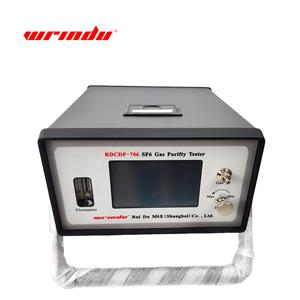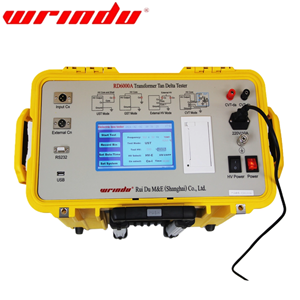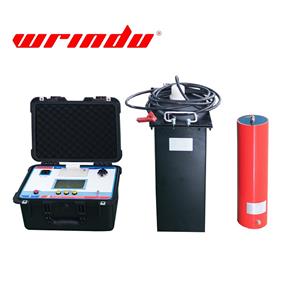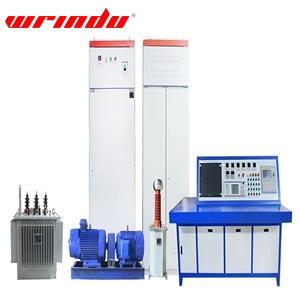Technology Class
-
1110-2025
Is the data from your dielectric loss tester unreasonable?
Learn about common issues that lead to inaccurate dielectric loss tester data, including poor connections, grounding problems, incorrect measuring methods, and environmental factors like humidity.
-
2409-2025
Do you know the handy rules for electricians to troubleshoot faults?
Learn key troubleshooting tips for electricians. Quickly spot faults, save time on repairs, and keep electrical systems running safely and efficiently.
-
1709-2025
Withstand voltage test methods for different power cables
Learn how partial discharge testing helps detect insulation defects in plastic cables, especially in critical areas like joints and terminations, to prevent long-term damage.
-
1009-2025
The common problems and solutions in series resonance testing
Concise guide to series resonance testing: common faults, causes, and practical fixes for resonance points, main unit resets, Q-value issues, and power trips.
-
0909-2025
Dielectric Strength and Oil Chromatography: Key Insights and Applications
Explore the importance of dielectric strength and oil chromatography in electrical systems. Learn their applications, testing methods, and benefits for system reliability and performance.
-
2608-2025
Why is transformer testing so important?
A comprehensive guide to essential transformer tests, from DC resistance to induced overvoltage, ensuring efficiency, safety, and reliability in electrical systems.
-
2008-2025
From Principle to Early Warning: Detection and Prediction of Generator Rotor Winding Short Circuit
Explore generator rotor and stator principles, and learn how rotor winding short-circuit issues are detected and predicted for reliable operation.
-
1908-2025
Can Tan Delta Help Predict Failures Before They Happen?
This article explores the meaning of Dissipation Factor (DF), the relationship between Tan Delta and Quality Factor (Q), and how Tan Delta can predict equipment health for better performance and maintenance.
-
1408-2025
What exactly is a lightning arrester used for?
Learn the role and purpose of lightning arresters, how they differ from surge protectors, their working principles, and tips for choosing lightning test equipment.
-
1308-2025
Is leakage current ruining your device's performance?
This article focuses on what is leakage current and How to measure leakage current, which helps you understand leakage current better.




